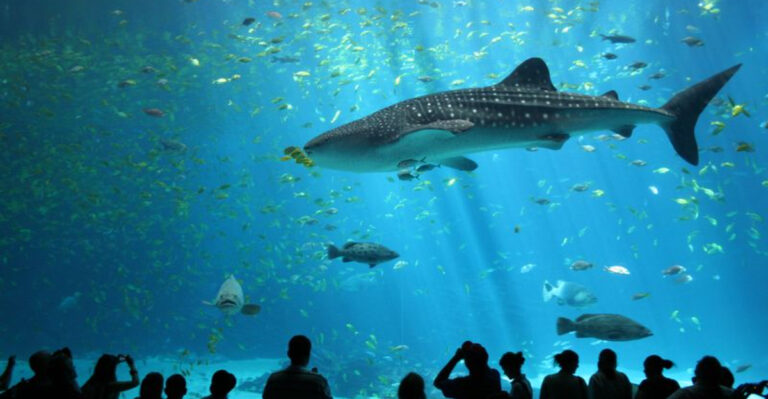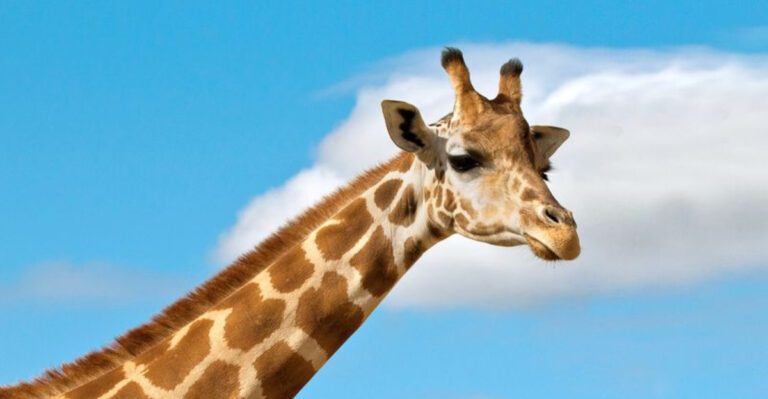Leopard Vs. Jaguar: Why They’re Not The Same Animal
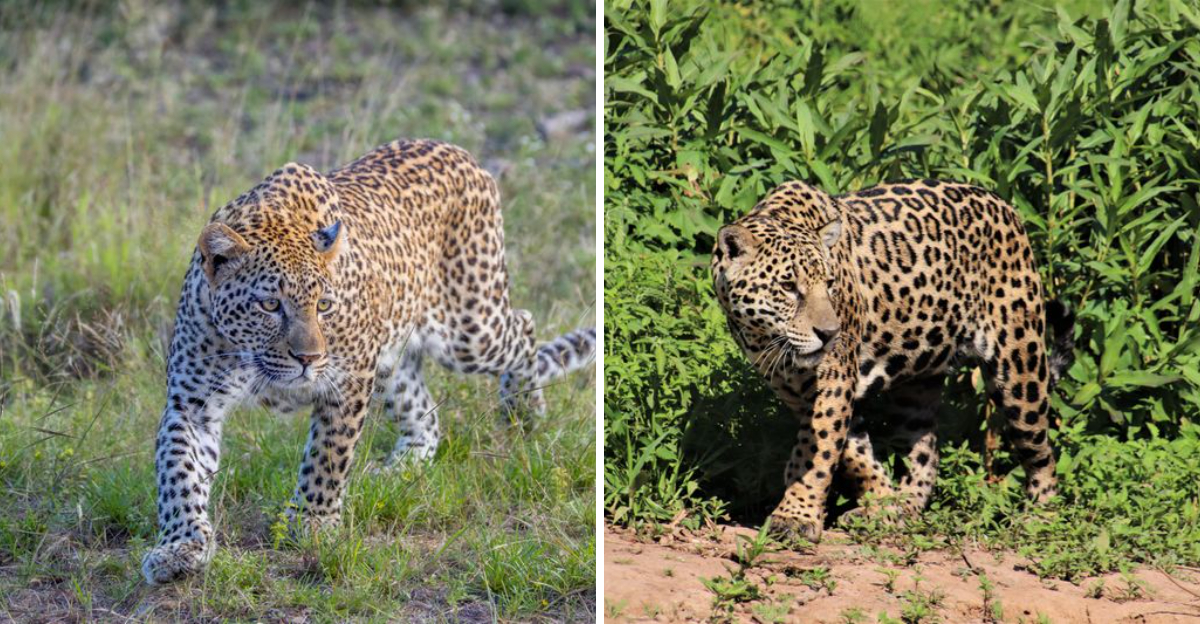
At first glance, leopards and jaguars might seem quite similar, but these powerful big cats are not the same! While they share many traits, their differences are more than just skin-deep.
From their physical features to their habitats and behavior, these two magnificent creatures each have their own unique identity. Let’s see the key distinctions that set leopards and jaguars apart!
Size & Build

Jaguars are known for their robust and muscular build, giving them an intimidating presence in the wild. Their stockier frame, coupled with their larger size, allows them to overpower their prey with ease.
In contrast, leopards exhibit a leaner and more streamlined physique. This slender build is not just for aesthetics; it grants leopards exceptional agility, particularly useful for climbing trees, which they often do to store their prey safely away from scavengers.
While jaguars are built for power, leopards are designed for stealth and agility, showcasing distinct evolutionary paths.
Head & Jaw Strength

The head of a jaguar is broader and more robust, equipped with the strongest bite force among big cats. This formidable jaw strength allows jaguars to crack open turtle shells and crush bones, making them efficient predators in diverse terrains.
Leopards, on the other hand, have a smaller and more delicate head structure. They rely more on suffocation techniques when hunting, using a swift, precise bite to incapacitate their prey.
This difference in head and jaw strength highlights the varied hunting strategies evolved by these two majestic felines.
Coat Pattern & Spots

Both the jaguar and the leopard sport beautiful rosetted coats, but a deeper look reveals notable differences. Jaguars have larger rosettes, each often containing a central black dot, adding a unique touch to their appearance.
These patterns not only contribute to their majestic look but also aid in camouflage within their dense forest habitats. Leopards, however, have smaller, more densely packed rosettes.
This pattern helps them blend seamlessly into the varied landscapes they inhabit, from open savannas to dense woodlands, reflecting their adaptability.
Habitat & Range

Jaguars primarily roam the rainforests, grasslands, and wetlands of the Americas, thriving in areas with abundant water sources. This preference for such habitats aligns with their prowess as swimmers.
Leopards, however, showcase a remarkable adaptability to different environments. From the vast savannas of Africa to the rugged mountains of Asia, leopards have adapted to survive in diverse landscapes.
This wide geographical range underscores their versatility as a species, able to thrive in varied climates and conditions, unlike the more habitat-specific jaguar.
Hunting & Diet

The jaguar’s diet is as diverse as its habitat. They are known to hunt both on land and in water, preying on creatures like fish, caimans, and capybaras. Their skillful swimming aids in capturing aquatic prey, showcasing their versatile hunting techniques.
In contrast, leopards are primarily terrestrial hunters. They prefer land-based prey such as antelopes and monkeys but are opportunistic and adaptable in their diet.
This difference in hunting and dietary preferences highlights the unique ecological niches these big cats occupy and their specialized hunting adaptations.
Climbing Vs. Swimming
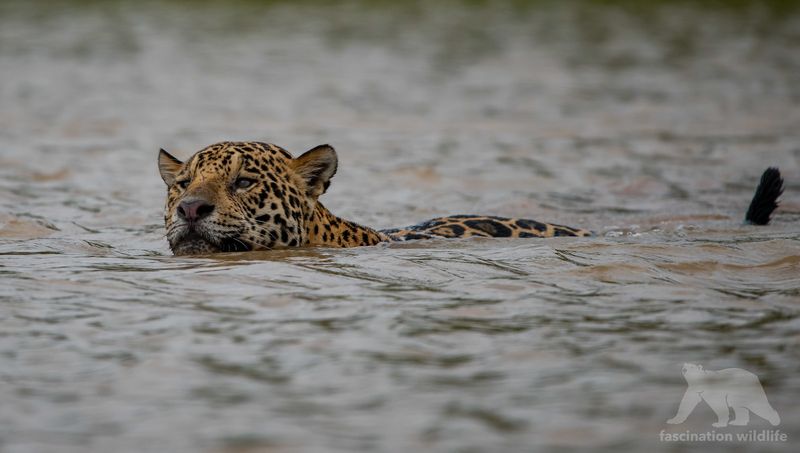
Leopards are renowned for their climbing abilities, often observed dragging prey up trees to safeguard it from scavengers. This skill not only protects their meals but also demonstrates their physical agility and strength.
On the flip side, jaguars are exceptional swimmers and typically favor habitats near water. Their powerful swimming capability allows them to navigate rivers and swamps with ease, hunting aquatic prey.
These differing abilities reflect their adaptations to their respective environments and the evolutionary traits that equip them to thrive.
Roaring & Communication
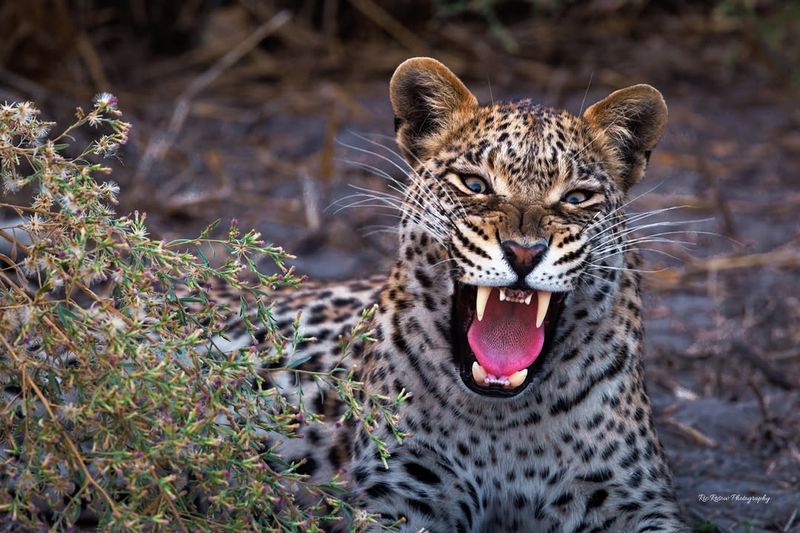
Jaguars communicate with a deep, guttural roar, resembling a series of coughs, which can be heard echoing through the dense forest. This distinctive sound plays a crucial role in their territorial and mating behaviors.
Leopards, in contrast, produce a rasping call known as “sawing,” due to its similarity to the sound of wood being cut. These vocalizations are not just for communication; they are vital for maintaining territory and social interactions.
The unique sounds of each cat reflect their environmental adaptations and social structures.
Behavioral Differences

Leopards are known for their solitary and elusive nature. These cats prefer to stay hidden, often lounging in trees to avoid predators and rivals. Jaguars, however, thrive in water and are excellent swimmers.
Their affinity for aquatic environments allows them to hunt efficiently along riverbanks. Each cat’s behavior is adapted to its specific environment, highlighting their evolutionary paths.
Observing a leopard’s stealth in the wild compared to a jaguar’s powerful swimming skills offers a unique insight into their behavioral ecology. This difference showcases their adaptability and survival strategies in distinct habitats.
Ancestral Roots

Leopards and jaguars diverged from a common ancestor millions of years ago, leading to their unique evolutionary traits. Leopards are native to Africa and parts of Asia, while jaguars are indigenous to the Americas.
This geographical separation contributed to their distinct adaptations. The jaguar’s powerful build is suited for the dense jungles of the Amazon, while the leopard’s agility is perfect for the savannas and forests of Africa.
Understanding their ancestral roots provides a glimpse into how these majestic creatures evolved differently despite their shared lineage.



